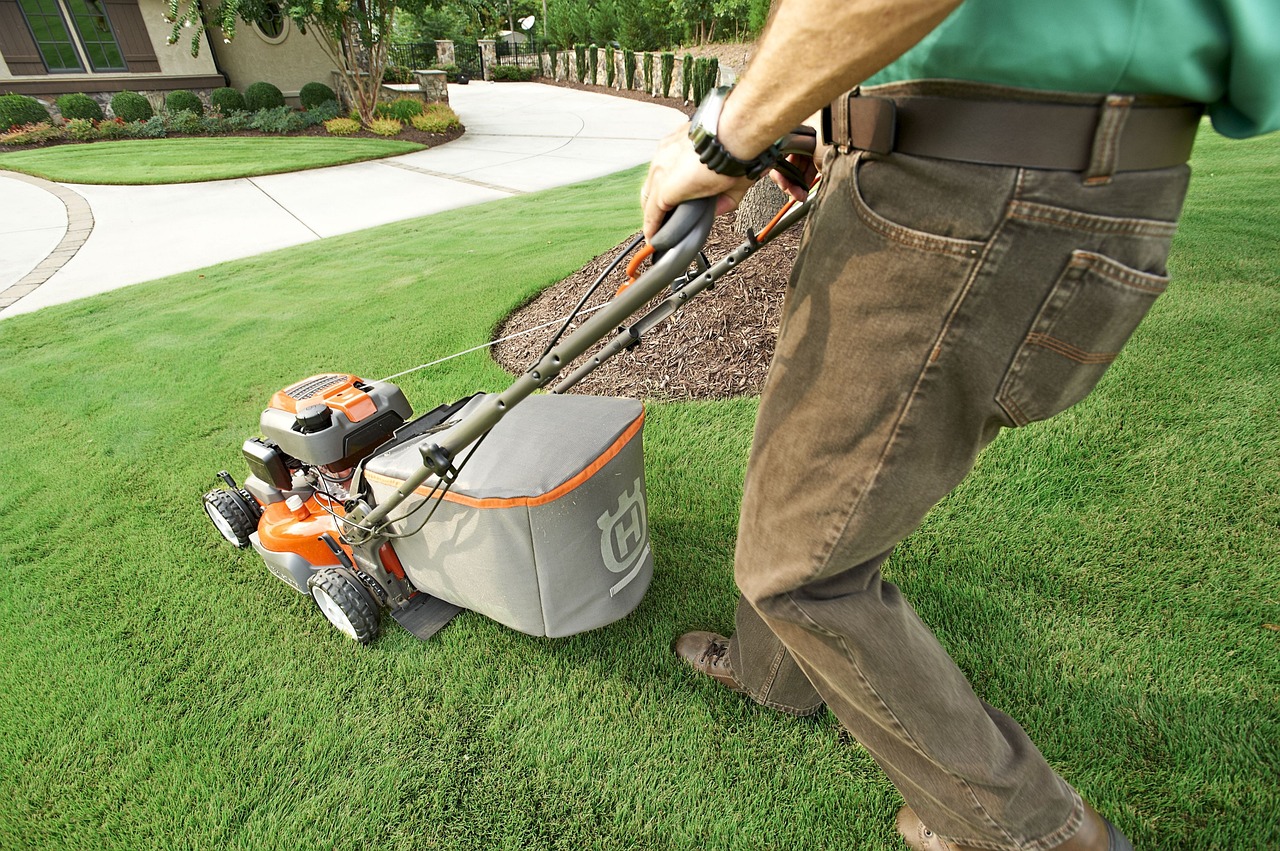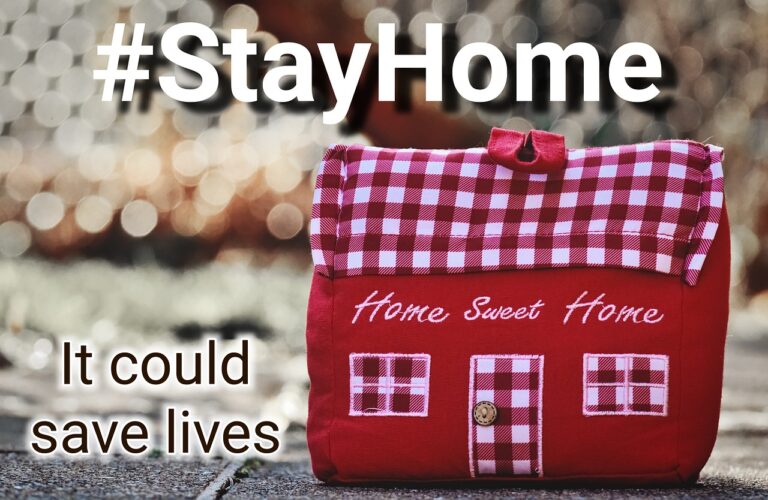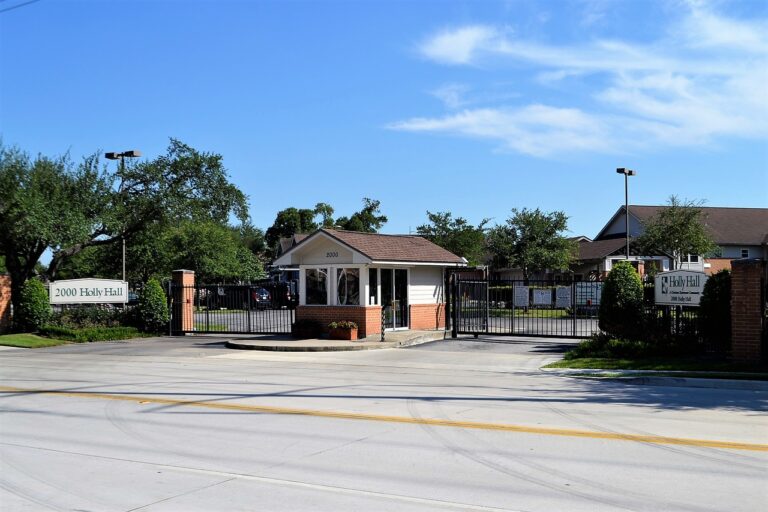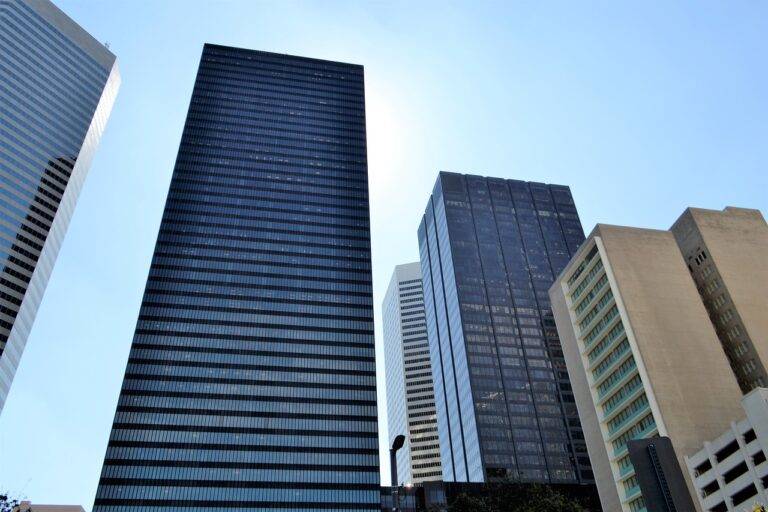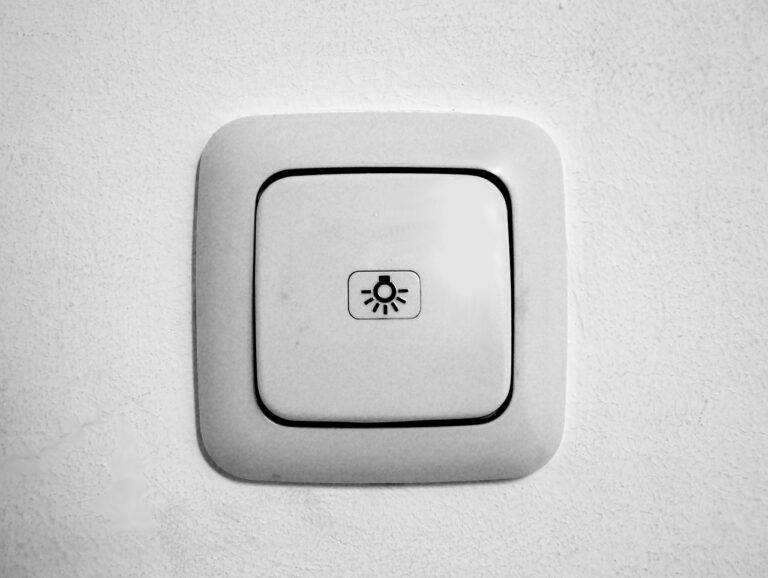The Art of Upcycling: Turning Trash into Treasure with DIY Projects
Upcycling is crucial for reducing waste and promoting sustainability in a world where disposable consumerism reigns. By repurposing items that would have otherwise ended up in landfills, upcycling helps to lessen the strain on our planet’s resources and energy-intensive recycling processes. It encourages a shift towards a more mindful and eco-friendly approach to consumer behavior, fostering a sense of responsibility and creativity in individuals.
Furthermore, upcycling allows for the preservation of unique craftsmanship and aesthetics that may be lost in mass-produced goods. By transforming old or discarded items into new treasures, upcycling showcases the value of creativity and innovation in creating functional and beautiful pieces. It also offers a way to personalize and add character to one’s living space, promoting individuality and a sense of pride in one’s ability to repurpose and breathe new life into old materials.
How to Identify Items for Upcycling
When looking for items to upcycle, focus on seeking out pieces with good bones and sturdy structures. Look for quality materials like solid wood, metal, or glass that can be transformed with a fresh coat of paint or new hardware. Keep an eye out for unique shapes or interesting details that can be enhanced or repurposed to give the item a new lease on life.
Thrift stores, flea markets, and garage sales are great places to scout for potential upcycling projects. Don’t overlook items that may be slightly damaged or outdated – with a bit of creativity and vision, these pieces can be turned into one-of-a-kind treasures. Consider how an item can be reimagined or incorporated into your home decor before deciding to bring it home for your next upcycling endeavor.
Tools and Materials Needed for Upcycling Projects
When embarking on an upcycling project, having the right tools and materials on hand is essential for a successful outcome. Basic tools such as a hammer, screwdriver, sandpaper, and paint brushes are indispensable for most upcycling projects. Additionally, having a good quality glue, nails, screws, and a measuring tape can help you carry out tasks with precision and accuracy.
In terms of materials, it’s important to have a variety of paints, varnishes, and sealants to not only refurbish old items but to also protect them from wear and tear. Other materials like sandpaper, wood stain, and fabric can help revamp furniture and decorations. By ensuring you have a well-stocked supply of tools and materials, you’ll be well-equipped to bring new life to old items through the art of upcycling.
• Hammer
• Screwdriver
• Sandpaper
• Paint brushes
• Glue
• Nails
• Screws
• Measuring tape
In terms of materials, it’s important to have a variety of paints, varnishes, and sealants to not only refurbish old items but to also protect them from wear and tear. Other materials like sandpaper, wood stain, and fabric can help revamp furniture and decorations. By ensuring you have a well-stocked supply of tools and materials, you’ll be well-equipped to bring new life to old items through the art of upcycling.
Why is upcycling important?
Upcycling is important because it helps reduce waste by giving new life to old or discarded items. It also promotes creativity and allows for the creation of unique and personalized pieces.
How can I identify items for upcycling?
Look for items that are in good condition but no longer serve their original purpose. Items such as old furniture, clothing, glass jars, and wooden pallets are great candidates for upcycling.
What tools are needed for upcycling projects?
Some common tools needed for upcycling projects include sandpaper, paintbrushes, a hammer, a screwdriver, and a hot glue gun. Other tools may be needed depending on the specific project.
What materials are needed for upcycling projects?
Materials needed for upcycling projects vary depending on the project, but some common materials include paint, fabric, glue, and embellishments such as beads or buttons. Be creative and experiment with different materials to personalize your upcycled creations.

